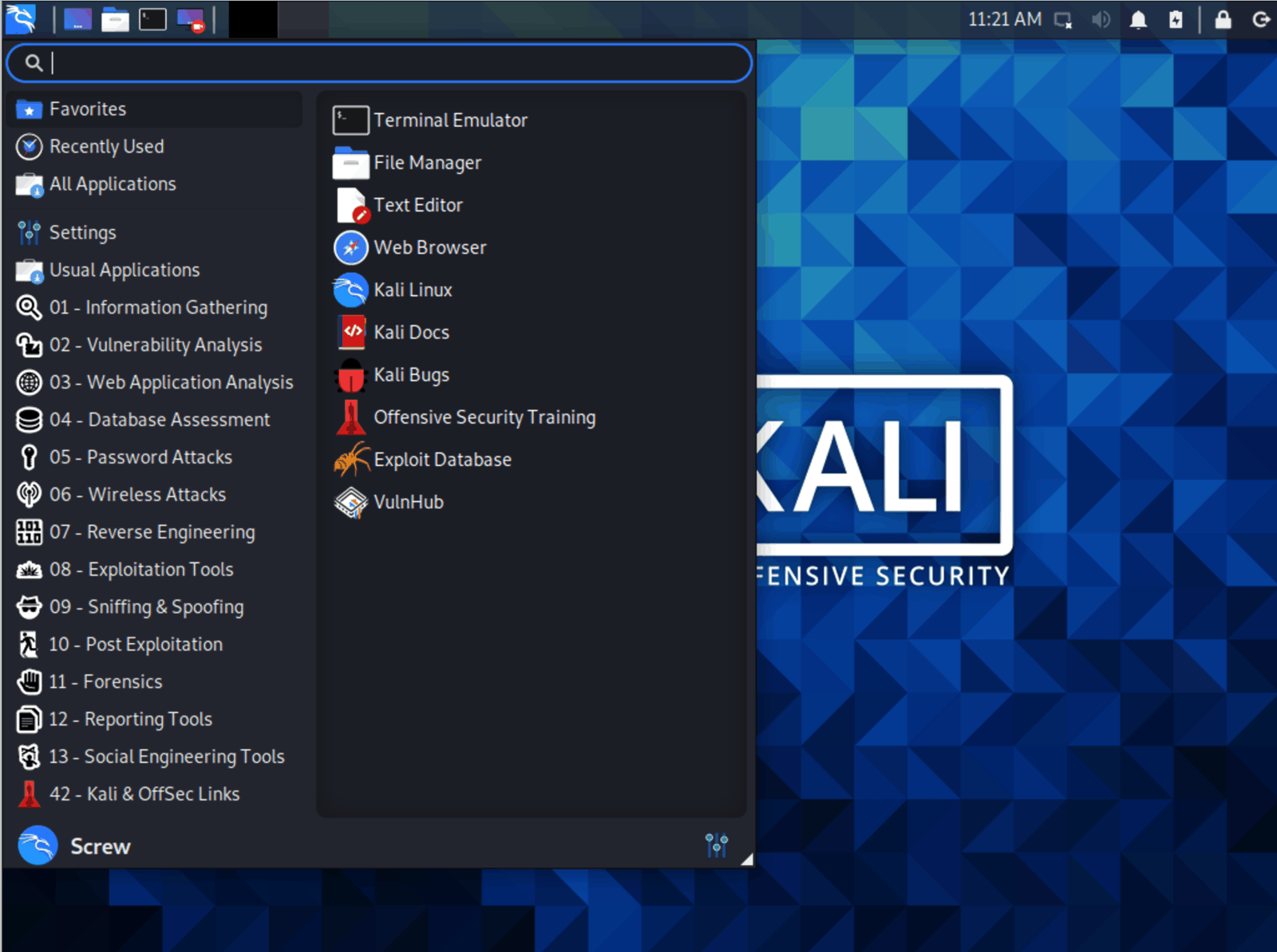
KALI LINUX HOW TO INSTALL USB INSTALL
You will need to select a USB disk drive to install Kali at this point. The third step is to attach a Kali USB Bootable Medium to the PC. The second step is to create a bootable medium. The DVD Image (ISO) Installer is used to create a DVD version used to install on virtual machines or systems with a DVD drive. The first step is to download the Kali Linux ISO. The entire hard drive will be overwritten, dual booting with another OS is not supported.

This is the preferred means of running pfSense software. The USB memstick image is meant to be written to a USB flash drive before use and includes an installer that installs pfSense software to the hard drive on your system. In this tutorial, we will choose the Graphical Install. Choose your preferred method of installation. Copy the files to CD/DVD or use one of the above-described utilities to image the files to bootable USB. As of early 2021, you can choose from Kali Linux ISO for CD/DVD media or Kali Linux Live for USB media. Start by downloading the Kali Linux ISO package from. Create as New & Select ext4 from drop down menu in File system. Download the Kali ISO & change boot order. Click on the ‘Forward’ button to continue. The next step is to create a USB drive that can be used as an bootable image. The site gives a detailed download instructions.

Under the option for ‘Use an ISO image:’ click on ‘Browse’ and find your ISO file. The first step to running Kali Linux is to download its installer ISO image.

The option for ‘Local install media’ should already be selected so click on the ‘Forward’ button. Boot from your chosen installation medium (DVD or USB). Add New Partition in Kali Linux Live USB Device Add new partition in Pen Drive, launch the Gparted by given method then follow the given instruction: Select unallocated space and right click then click on ‘New’. Open Virtual Machine Manager then click on File and select ‘New Virtual Machine Manager’. If you purchased a Netgate product, refer to the product manual for your appliance to see which reinstall image you need. Burn The Kali Linux ISO to DVD or Image Kali Linux Live to USB.
KALI LINUX HOW TO INSTALL USB SERIAL
The Netgate ADI image only supports a serial installation from memstick and does not come with VGA option. The amd64 architecture (which works even on Intel 64-bit CPUs) can address more memory and may have other performance advantages, but requires a compatible CPU. Click the Diskimage radio button and specify the Kali Linux ISO that you downloaded. This is the simplest way to make a Kali Linux bootable. If you have a 64-bit capable CPU, use the amd64 version. Now run UNetbootin.exe You don’t need to install it on Windows, just double-click the executable. In this quick tutorial, you will learn how to make Kali Linux bootable USB drive or a Pendrive quick. You can determine the files needed for your install by reading the rest of this page for guidance.


 0 kommentar(er)
0 kommentar(er)
